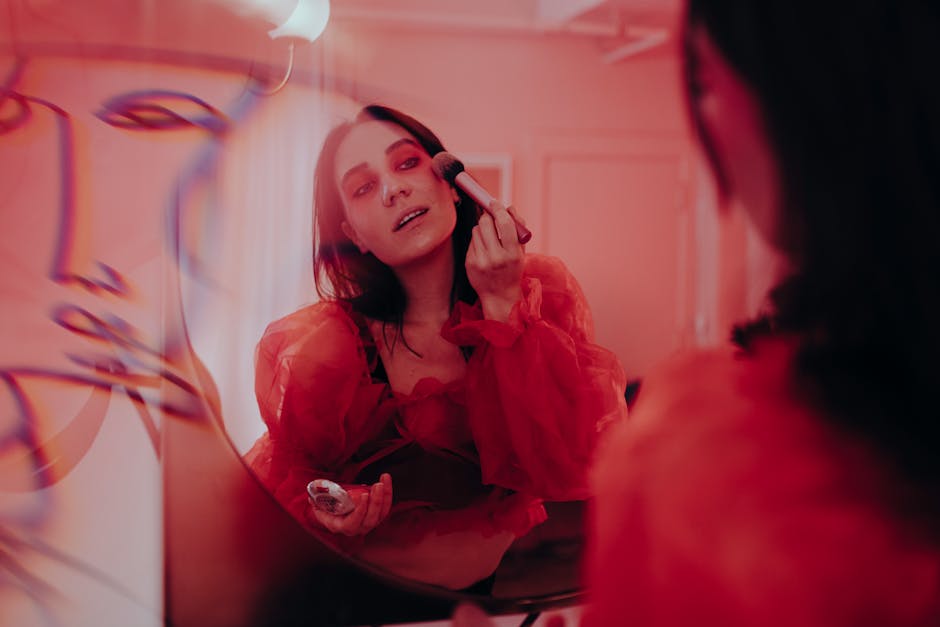Dance Your Way to Wellness: Embrace Movement for Mind and Body
In an age where revolutionizing fitness routines is paramount, an unexpected ally has emerged: dance therapy. Imagine combining the artistry of movement with the scientific benefits of physical activity, all while enhancing your mental well-being. This fascinating exploration of "The Art of Movement" demonstrates how integrating dance therapy into your daily fitness regime not only boosts your physical fitness but also nurtures your mind, creating a holistic approach to health. Sounds intriguing, right?
Understanding Dance Therapy and Its Benefits
Dance therapy, or dance/movement therapy (DMT), is an expressive therapy that uses movement to promote emotional, cognitive, physical, and social integration. Supported by the American Dance Therapy Association, dance therapy helps individuals express emotions in movement, addressing psychological and physical issues. Utilizing rhythm, energy, and body awareness, this method works wonders for mental wellness and overall fitness.
The benefits are abundant and diverse. Studies suggest that dance can effectively reduce symptoms of anxiety and depression while enhancing social interaction and creativity. Regular participation also promotes cardiovascular health, flexibility, and strength. The connection between body and mind becomes increasingly evident as you realize that movement isn’t just about the workout; it’s about feeling alive and connected to yourself.
The Connection of Body and Mind

When we dive deeper into the philosophy of movement, it becomes clear that the brain and body are intricately connected. Engaging in dance therapy fosters awareness of bodily sensations, allowing you to tune into your emotions in real time. This heightened awareness can lead to improved emotional regulation and resilience. It's like tuning a radio; shifting the dial can lead to a clearer signal.
In fact, the concept of "movement medicine" highlights this link, asserting that dance not only keeps us fit but can also serve as an effective therapeutic practice. What’s more, moving to music contributes to a sense of belonging and community—crucial elements for holistic wellness. You can explore more about this in the journey of movement medicine.
Designing Your Dance Therapy Routine

Incorporating dance therapy into your regular fitness routine doesn’t need to be complex; it should be enjoyable and fulfilling. Here’s how to unfold your unique dance fitness journey, creating personalized routines that resonate with your emotions and fitness levels.
Explore Different Dance Styles

A fantastic aspect of dance therapy is the vast array of styles you can explore. From ballet and hip-hop to salsa and contemporary dance, every style offers unique benefits and experiences. For instance, salsa promotes cardiovascular health, while contemporary dance can boost flexibility and grace. Why not try combining different styles to create an engaging routine?
Significantly, community classes or workshops offer opportunities to learn and connect with others, giving you the chance to experience dance in a social environment. If you'd like an engaging community perspective, check out dance-inspired workouts.
Mindful Movement

Integrating mindfulness techniques into your dance therapy practice can heighten emotional awareness and body connection. Try focusing on intentional movements rather than mere mechanics. Acknowledge how your body feels when it moves, and don’t be afraid to take it slow when exploring new styles.
Consider supplementing your dance practice with elements of mindful movement. Yoga or tai chi can complement your dance therapy journey by enhancing body awareness, flexibility, and mental calmness.
Create the Space for Movement

Setting the right environment for your dance practice is essential. Whether you’re in a studio or at home, aim to create an atmosphere that sparks joy and creativity. Play with lighting, music, or props to inspire movement.
If space is limited, outdoor workout routines can also transform everyday environments into vibrant dance spaces—nature energizes our movements too! Explore more possibilities in nature-based workouts.
Music Matters

Music plays a vital role in generating the energy needed for dance therapy. Curate playlists that elevate your spirit and inspire movement. Incorporate various genres to enhance different emotions; energetic pop can motivate, while soothing melodies can calm and center.
Additionally, explore how music influences your ability to connect emotions to your routine. Understanding this interplay of sound and movement can significantly enrich your experience. For an insightful perspective, you might enjoy reading more about music's role in fitness motivation.
The Science Behind Dance Therapy

As you weave dance into your fitness routine, the psychological benefits become increasingly remarkable. Scientific research supports the idea that engaging in rhythmic movement boosts mood-enhancing neurotransmitters, such as serotonin and endorphins. Studies also indicate that dance improves cognitive function by stimulating brain connectivity, particularly as you engage creatively with movement.
Additionally, groups involved in dance therapy report improved well-being and decreased stress levels. The collective experience of moving together can foster social bonding and enhance emotional support. To delve deeper into the cognitive elements of movement, consider reading about the neuroplasticity insights.
Enhancing Your Routine

As you embrace dance therapy, consider incorporating elements that further amplify your experience. This might include breathwork to generate awareness in your movements, or gamification techniques to engage motivation and fun.
You can read more about these exciting ideas by exploring different approaches to fitness gamification. Remember, the journey is uniquely yours; find what sparks joy and creativity in your daily practice.
Connecting with Professionals

If you're eager to explore the realm of dance therapy more deeply, consider connecting with a licensed dance/movement therapist. They can offer personalized guidance tailored to your needs and aspirations, further strengthening your journey towards wellness.
Workshops and classes led by professionals provide not just instruction but a shared experience of movement and emotion. To start exploring resources, you may find organizations like the Dance Therapy Association useful.
Support Yourself Along the Way

As you navigate your new fitness regime, remember to celebrate progress—no matter how small. Set achievable goals while allowing room for exploration and fun! Flexibility in your routine guarantees enjoyment, which is at the heart of fostering mental and physical wellness.
In addition, journaling your experiences can be an invaluable tool for self-reflection and progress tracking. Write down what moves you, how certain activities resonate, and what feelings may arise during your dance sessions.
By capturing your journey, you’ll cultivate a deeper understanding of both your body and mind. Plus, you can revisit these reflections as motivation when the path may seem challenging.
Next Steps
Taking the steps to integrate dance therapy into your fitness routine opens doors to a blend of joy, movement, and emotional resilience. Start by experimenting with different styles of dance, cultivating an uplifting environment, and knowing your journey is very much about pleasure, not just achievement.
Remember, embracing the art of movement can transform not only your physical capabilities but your mental health and overall quality of life as well. So put on that favorite playlist, turn up the volume, and let your body dance freely! To dive deeper into the world of fitness and holistic health, check out our other insightful articles like urban foraging workouts and the power of art therapy.




